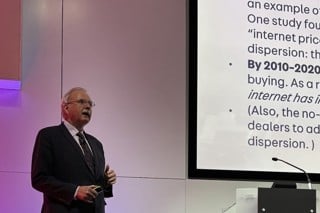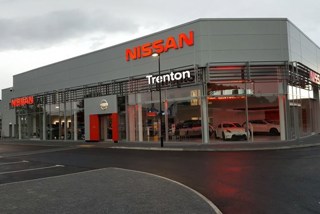Nissan dealer profits hit a record high in 2015, averaging 1.5% return on sales across the network. Yet they have failed to take full advantage of successive years of growth, according to managing director Jim Wright.
“We have grown strongly so there is an opportunity for the network to sell to customers that have already bought – both aftersales and re-sell,” Wright told AM's editor-in-chief Stephen Briers. “But they have not taken advantage.”
He blames a lack of strategic planning, claiming that aftersales budgets are often based on the previous year “plus a bit”.
“But the opportunity is much higher – they have to get smarter,” he said, noting the high dispersion of hours sold and parts sold across the network.
“We are asking the network to focus on sweating the assets and gearing the business to exploit the aftersales opportunities.”
Wright has identified a capacity issue, particularly in terms of staffing levels, skills and the utilisation of facilities. “Lead times have also increased for courtesy cars, which points to stopping trying to upsell because they are full capacity.”
The issue isn’t restricted to aftersales, Wright added; it also affects used cars.
Wright said: “The network is not geared to take advantage of the opportunities offered by our car parc growth. We’ve been successful in our finance penetration so this year they need to stop and think about this .”
One area that has improved is activity in the corporate sector.
Nissan relaunched its business centre programme a year ago, reducing the number of dealerships on the network from 75 to 55. It increased resources and gave dealers more effective prospecting tools. Stock availability also improved.
Its penetration by fleet size varies, though, according to data from AM sister business Sewells. It reports that Nissan scores highly with large fleets (typically more than 2,000 vehicles) and in small fleets (below 200), but rates poorly with those in between.
“We need to push harder in these areas,” Wright said. He added: “This year we are investing in people to get our averages back up – increasing field sales for end user fleets.”


















Login to comment
Comments
No comments have been made yet.